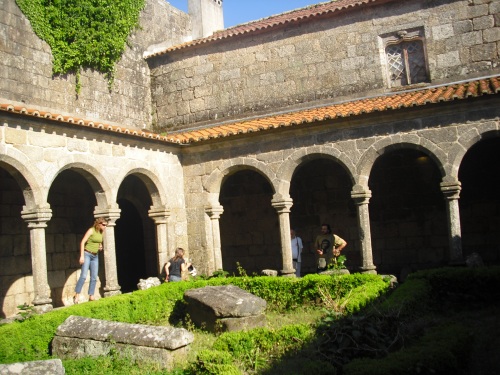Está na alma do povo luso o peixe do seu mar. Sardinhas assadas, pescada, bacalhau cozinhado de tantas maneiras..., carapaus, salmão... enfim, a lista é quase infindável. É por isso que a Conserveira de Lisboa se dedica, há mais de 80 anos, desde 1930, a conservar o peixe português mais um bocadinho, oferecendo (quero dizer, tens que pagar) em cada lata de conserva uma refeição práctica, rápida e nutritiva. Um tipo de comida rápida mas boa e saudável.
A Conserveira de Lisboa detém três marcas sendo elas a Tricana (a da senhora), a Minor (a do gatinho) e a Prata do Mar (com o barco à vela e as gaivotas). A Tricana existe desde 1942 e podemos encontrar nas suas latas peixes grandes e filetes inteiros postos à mão no seu interior.
A Minor é mais para petiscos e entradinhas, com peixinhos pequenos e pastas de peixe. A Prata do Mar oferece conservas cozinhadas que facilitam o dia-a-dia.
It is in the soul of the Portuguese people the fish from its sea. Grilled sardines, hake, cod cooked in so many ways ..., mackerel, salmon ... anyway, the list is almost endless. That is why the Lisbon Cannery has been dedicated for over 80 years, since 1930, in keeping the fish a little more by offering (I mean, you have to pay) for each can of fish a practical, fast and nutritious meal. A sort of fast food but good and healthy.
The Lisbon Cannery owns three brands being the Tricana one of them (the lady), the Minor (the kitten) and Prata do Mar (with the sailboat and seagulls). The Tricana exists since 1942 and we can find big fish in their cans and they put whole fillets inside by hand.
The Minor is more for snacks and starters with small minnows and fish pastes. The Prata do Mar offers canned cooked that facilitate the day-to-day meals.
A Conserveira de Lisboa fica em plena Baixa da cidade . / You can find the shop of Conserveira de Lisboa here:




















